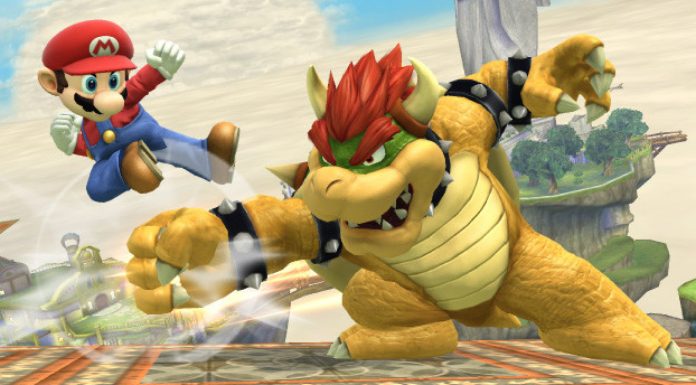Valve’s most recent update to CS:GO on April 12th, 2017 was quite the doozy. After removing the R8 Revolver and Negev from competitive play for a while in order to rework the weapons, Valve have re-added tweaked versions of both weapons to the game. These changes are fairly extensive, and will inevitably have a significant impact in not only matchmaking, but competitive play as well.
R8 Revolver Changes: Nerf, Buff, Or None of the Above?
The R8 now has a shorter delay on its primary fire in an attempt to make it more viable. The price was also dropped to $709–the R8 Revolver now matches Counter-Strike’s iconic Desert Eagle in price.
That being said, the R8 is still a gimmick-y gun, even after Valve’s update. Casual players will still have fun aggressively peeking angles and pre-firing with the R8’s primary fire or getting up close and spamming the alternate fire. At the professional level, however, we’re unlikely to see many players swap out their trust Deagle for the revolver. Your movement speed with the Desert Eagle is higher than it is with the R8, and both guns are a one-shot kill to the head. The Desert Eagle has more plentiful reserve ammo and a more reasonable rate of fire. For now, we’re sticking to our guns. (Heh.)
Negev Rework: Suppressive Fire
The changes to the Negev are more drastic. The price dropped from $5700 straight to the bargain bin, and the Negev now costs a measly $2000. Valve claims that the price drop of the Negev is only temporary and meant to “promote experimentation.” The first few shots on the new Negev are extremely inaccurate, but after the initial 10 bullets it becomes terrifyingly precise. The gun is basically a laser beam, shooting in an almost straight line. Valve has made it clear that they want all weapons to be viable on at least a situational basis–in this case, the new Negev allows players to provide “suppressive fire.”
The movement speed with the Negev is still atrocious, and so is the reload time. The new Negev is decidedly more useful in the hands of a defending Counter-Terrorist–when you’re on the Terrorist side, mobility and immediate precision are far more important than sheer spammability.
You May Like
With the new Negev, CT’s have a powerful tool for preventing rushes. A Negev at a choke point can buy CTs a lot of time, especially with a 150 round magazine. If you’re holding Long A or looking at tunnels from B on Dust 2 with the Negev, all you have to do is keep shooting to be effective. Getting flashed doesn’t matter when there is no recoil to worry about. If the new Negev becomes part of CS:GO’s fairly static metagame, it’s possible that CT win rates on almost every map will rise.
No Beta Test: Why Valve?
Valve has a beta client for CS:GO. If they wanted to promote experimentation, why not do it there? Why subject players in matchmaking to chaos for a few weeks? Put the new weapons and prices into the beta client and gather information that way. Don’t ruin the actual competitive experience for people who want to play the game.
Dropping the Negev to $2000, even on a temporary basis, disrupts the competitive experience for casual and dedicated players alike. There are already enough trolls online, and the world isn’t going to be a better place if you let them buy a Negev in the second round of the half.
SlothSquadron’s Expert Opinion
SlothSquadron, a community expert known for his weapon rebalancing mod, posted his thoughts about the new weapons on Reddit when Valve made their first announcement about the changes. SlothSquadron argues that for the LMGs to be useful, they need a complete overhaul. Currently, he notes, CS:GO’s engine lacks the appropriate tools for balancing the guns.
The response from professional players has been lukewarm, as evidenced by ESL’s decision to ban the Negev from Pro League.
In cooperation with the WESA Players Council it's been decided to ban the Negev from #ESLProLeague until further notice.
— ESL Counter-Strike (@ESLCS) April 13, 2017
I’m not saying that the professional players know everything, but they are the best at finding exploits or broken aspects of the game to benefit them. Even they thought the changes to the Negev were too much to deal with.
Check out our guide to the new CS:GO map, Canals.
















